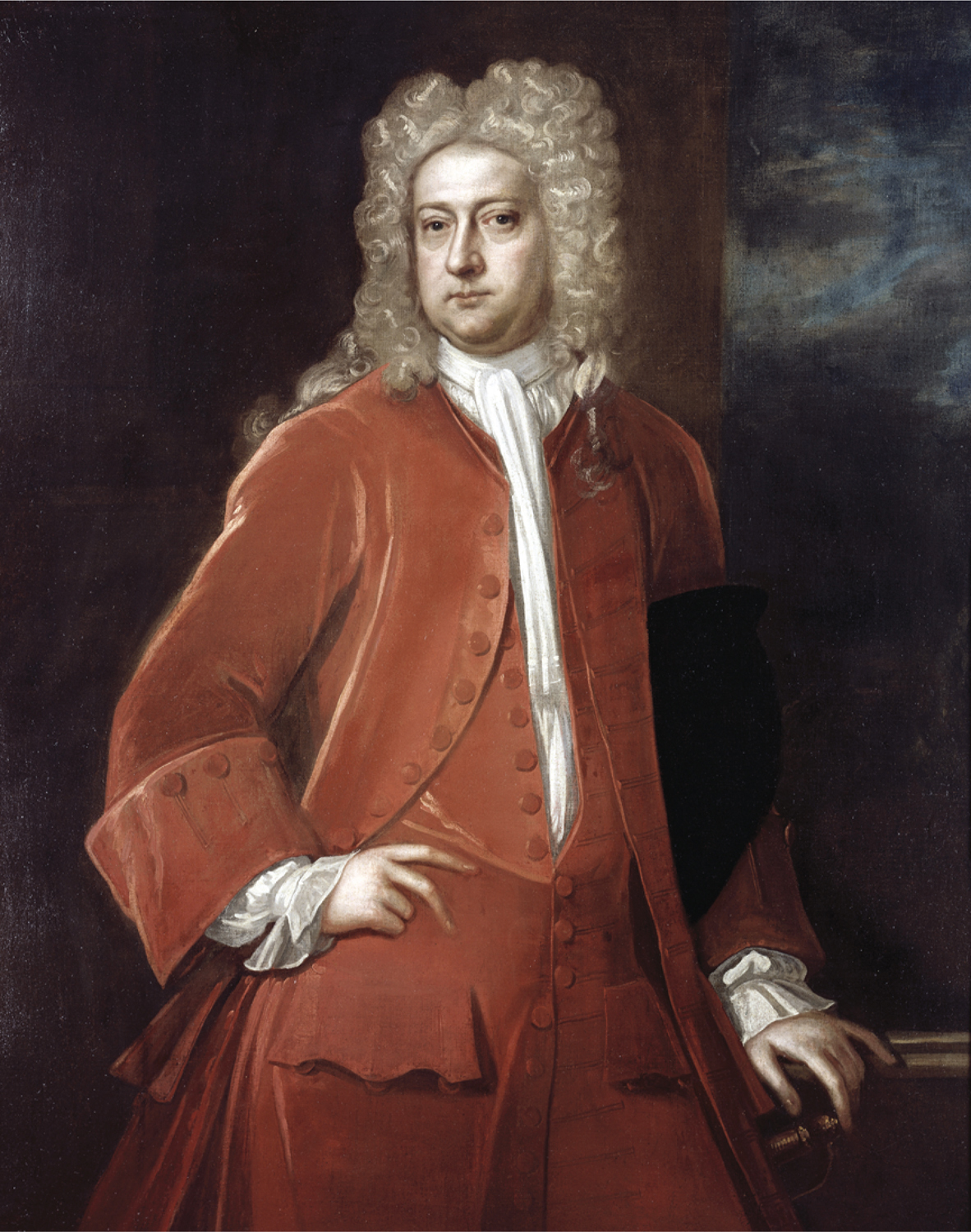Social and Economic Polarization
The first half of the seventeenth century in the Chesapeake was the era of the yeoman—

Until midcentury, the principal division in Chesapeake society was less between rich and poor planters than between free farmers and unfree servants. Although these two groups contrasted sharply in their legal and economic status, their daily lives had many similarities. Servants looked forward to the time when their indentures would expire and they, too, would become free and eventually own land.
Three major developments splintered this rough frontier equality during the third quarter of the century. First, as planters grew more and more tobacco, the ample supply depressed tobacco prices in European markets. Cheap tobacco reduced planters’ profits and made saving enough to become landowners more difficult for freed servants. Second, because the mortality rate in the Chesapeake colonies declined, more and more servants survived their indentures, and landless freemen became more numerous and grew more discontented. Third, declining mortality also encouraged the formation of a planter elite. By living longer, the most successful planters compounded their success. The wealthiest planters also began to buy slaves as well as to serve as merchants.
By the 1670s, the society of the Chesapeake had become polarized. Landowners—